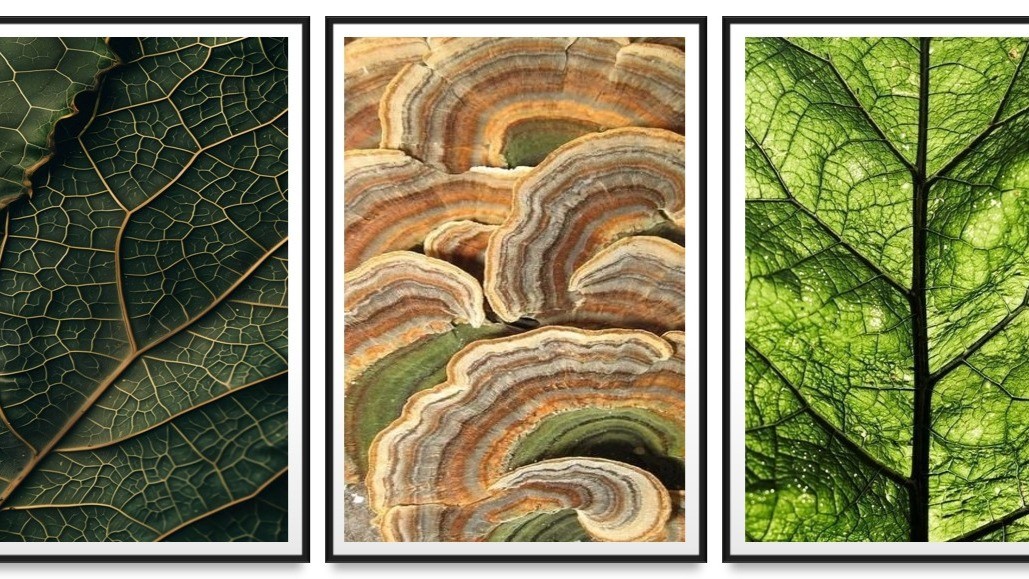The Universal Appeal of Fractals
Fractals are the repeating, self-similar patterns found in everything from the branching of rivers and trees to the curves of ocean waves and the delicate spirals of seashells. These forms are also mirrored within us—in the structure of our lungs, the pathways of our neurons, and even the rhythms of our heartbeat.
As creatures of creation, we are naturally attuned to the fractal richness of the natural world. Research by Dr. Richard Taylor has shown that exposure to fractal patterns—especially those with mid-range complexity—reduces stress and promotes relaxation. This explains why spending time in nature feels restorative and why we are instinctively drawn to collect and surround ourselves with pieces of it.
Fractals in Interior Design – Bringing Nature Indoors
Designing with fractals is a way to connect our interiors to the natural world, creating spaces that feel alive, balanced, and deeply human. Here’s how we can bring the inherent harmony of fractals into our designs:
- Textures and Materials Use materials that celebrate natural fractal patterns, such as timber with visible grain, stone with organic veining, or textiles inspired by leaves and flowers. These textures invite a tactile connection to nature.
- Shapes and Forms Incorporate fractal geometry in architectural details—think staircases that mimic the spiralling of a nautilus shell or lighting fixtures inspired by the branching of a tree. Designers such as Zaha Hadid have masterfully employed organic, fractal-like forms in their creations.
- Decor and Accessories Choose decor that reflects fractal beauty, such as artworks featuring inspiration from nature, landscapes, seascapes & forest canopies. Even something as simple as a vase of foraged branches can bring nature’s fractal language indoors.
- Biophilic Connections Frame windows or design layouts that highlight outdoor views, ensuring that tree canopies, gardens, or distant landscapes become part of the interior experience.
The Deeper Connection – Why Fractals Move Us
Our connection to fractals is not just visual but visceral. These patterns remind us of our place in creation—a world where harmony, repetition, and variation are universal truths. When we incorporate fractals into our designs, we create more than functional spaces; we craft sanctuaries that nourish the soul.
Think about that small shell you picked up on the beach or the leaf you tucked into a book. These are not just mementos but echoes of a greater design—a design that whispers of balance, beauty, and belonging.
For Further Exploration
- The Biophilia Hypothesis by Edward O. Wilson
- “Fractal-Based Design” by Dr. Richard Taylor in Frontiers in Psychology
- The Nature of Order: An Essay on the Art of Building and the Nature of the Universe by Christopher Alexander
Fractals surround us and dwell within us. By honouring these patterns in our designs, we can create spaces that resonate with the deepest parts of our being—spaces that invite us to pause, connect, and simply be.

